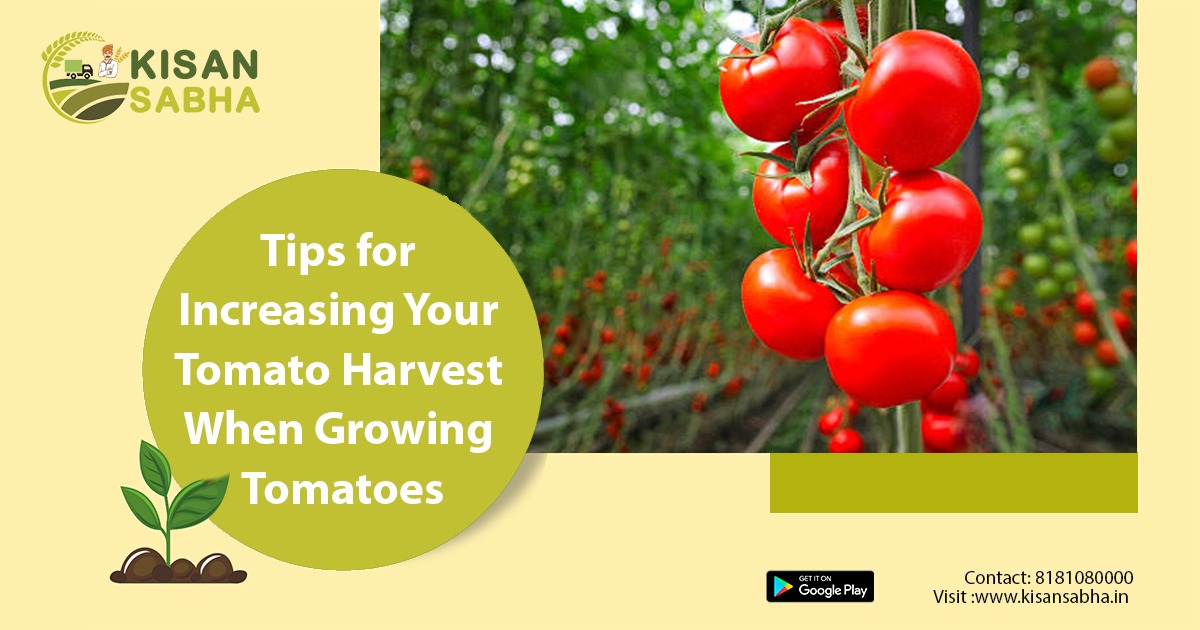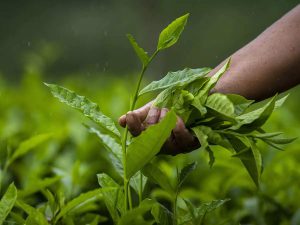If you are familiar with the control factors from the start, tomato gardening may be quite profitable. The key to growing ripe, juicy, red tomatoes is to get the plants off to a good start and address any issues early on. Keep in mind that one of the most popular crops that are susceptible to illness is the tomato. To get the most yield, use the following surefire tomato growing advice:
One of the best tomato-growing recommendations is to make sure there is lots of sunshine! Tomatoes need at least 6 hours of direct sunlight each day as a warm-season crop. Therefore, be sure that the location you choose receives sufficient sunshine all the time.
Prevent seed crowding:
To enable branching, tomato seedlings require a lot of space. Not only would crowding them stunt their growth, but it would also cause unexpected ailments. Depending on the kind of crop variety or hybrid, two spacing methods—60 45 cm or 45 30 cm—are typically used for tomatoes. The seed rate for combinations is 60-80 g/ac and for varieties, it is 160-200 g/ac.
Frequently trim the suckers:
A second stem that develops additional branches along the way frequently grows between the tomato plant’s stem and branch. The drawback is that these “suckers” consume all of the plant’s air and energy without producing any fruit. Regularly clip them to guarantee a plentiful yield.
Continue to remove the bottom leaves:
Remove the bottom leaves of your plants once they are above 3 feet tall since they are the first to become infected with fungus. They are also the oldest and receive progressively less sunlight and airflow. These also breed soil-borne diseases, which later on might degrade the harvest.
Water without fail:
A loamy, well-drained soil is ideal for tomato cultivation; as a result, water thoroughly and consistently without ceasing. Watering should be done every 5-7 days, especially during the summer, and every 10 to 15 days in the winter to avoid blossom-end rot and cracking, which can result from inconsistent watering.
Remember to mulch:
Water is saved through mulching, which also stops soil-borne illnesses from spreading to the plants. Use 25-micron thick black LDPE sheets with both ends buried in the soil to a depth of 10 cm for effective mulching.
Conclusion
Tomato cultivation might be difficult, but the results are worthwhile. Whether you are new to producing your own food or have had a vegetable garden for some time, preparing each year can be beneficial.





